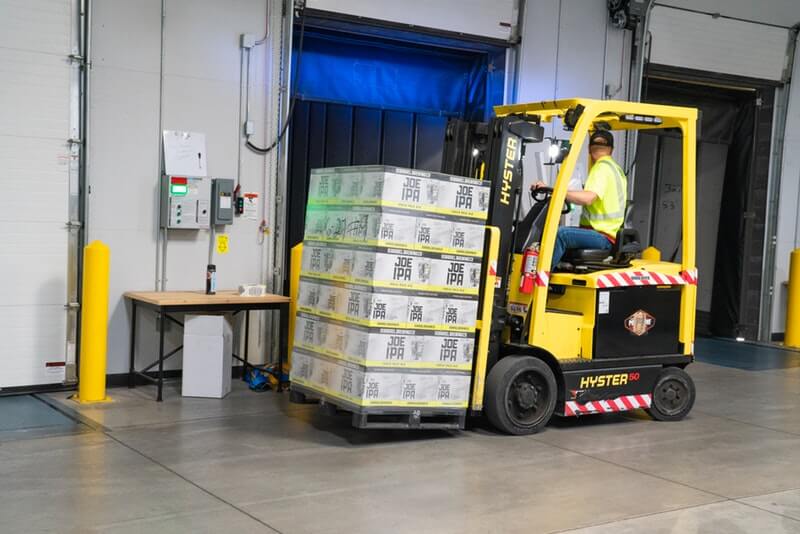Shipments often make several stops along the way to their destination. This can include different storage facilities, switching modes of transportation, or any other intermediate steps between production and the final customer.
There are various ways to handle this transfer of goods. And one increasingly popular method is to use cross dock solutions.
But what is cross docking?
It refers to the method of transferring goods from one type of shipment to another without using a storage facility. This could take the form of unloading items from a train and placing them directly onto a waiting truck. It could also simply include moving the items from one truck to another truck.
Cross docking first began back in the 1930s. It was used for shipments that didn’t quite fill an entire truck as a means of combining orders. The use was expanded from the initial trucking industry to the US military in the 1950s. Walmart brought cross docking to the commercial market in the 1980s.
So why would a company decide to make use of cross dock solutions in Nashville? And why did it become popular?
M&W Logistics can help with cross dock solutions in Nashville. Contact us today.
Different Types
Transportation:
This type of cross docking is used for orders that won’t fill a truckload on their own. These are known as less-than-truckload (LTL) shipments. Smaller orders are compiled into a single truck in order to reduce waste and maximize the potential of a single shipment.
Distributor:
This process essentially compiles necessary components for the final customer. For instance, various vendors might produce different parts used for the ultimate product. Instead of shipping each of these items separately, the company might instead choose to get the components shipped to a single location. They can then combine all of the necessary parts into a single shipment to make it easier for the customer.
Retail:
Retail cross docking, as we mentioned earlier, was used by Walmart since the 1980s. The process involves splitting their shipments into two types of items — ones that are frequently used and ones that are only ordered once but in a large quantity. The items are shipped and sent directly to stores in order to minimize the amount of time they are stored in a warehouse.
Manufacturing:
Production orders are assembled using various parts which are shipped in. The warehouse puts these items together in order to save space as well as to prepare the eventual shipments for the destination or customer.
Opportunistic:
This option is possibly the most frequently used since it can be employed by any warehouse. It is the essential function of cross docking in that it involves removing a shipment from one method of transportation and bringing it directly to another.
Benefits
The first benefit is that less time in the warehouse means less labor is used per item. Removing the item from the transportation vehicle, placing it into storage, finding the item once it’s time to ship it to the final location, and placing it back into the new transportation vehicle takes a lot of time. Simply moving it from one truck into another cuts out everything in-between.
Cross docking also saves money because of the reduction in storage costs.
Compiling various orders into a singular truck headed in a similar direction saves on shipping costs. Less truck runs means less money is spent.
The most apparent benefit to the customer is that they receive their products much faster. Also, all risks involved with storage are negated — lost items, damaged items, etc.
Potential Drawbacks
While there are many benefits of cross dock solutions, there are some potential disadvantages. These can usually be mitigated by paying very close attention to all the practices used and keeping track of the shipments.
The frequent transfer of goods runs two risks: The more you handle something, the higher likelihood of damaging the item. Mistakes happen, and the more opportunities you have to make mistakes, the more mistakes will inevitably happen. Also, changing the location of an item multiple times leads to a higher chance the item is misplaced. Taking your time and keeping a strict inventory at all points in the supply chain will lessen the possibility of these negative effects.
This increased attention can be a detriment in itself. Focusing a manager’s attention on one item takes their attention away from a different item.
The final destination might not have the proper storage facilities. But again, with strict attention, this issue can be recognized and addressed before it becomes an issue.
Finding Cross Dock Solutions in Nashville
M&W Logistics handles many types of logistical services in Nashville. Whether you are looking for cross docking solutions, warehousing, or freight consolidators, we have you covered.
